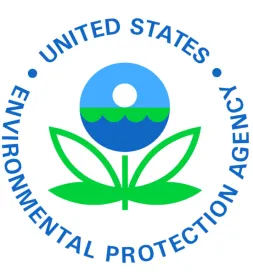-
EPA proposes three exemptions to TSCA self-reporting requirement
-
Announces Assurance of No Action
-
Reporting deadline is May 27
In a welcome course change, the EPA has announced three exemptions to a potentially costly reporting program for manufacturers. The Toxic Substances Control Act (TSCA) Title VI Fee Rule identifies 20 “high priority chemicals” and – until last week – required manufacturers and importers of each chemical, as well as domestic fabricators and importers of finished goods containing any of these substances in the past five years, to self-report for the purpose of sharing in the $1.3 million the EPA is charging to administer the safe use of the chemical.
However, in response to questions from various industry leaders the EPA announced its intention to propose three exemptions to the Fee Rule reporting requirements through its rulemaking process. The three new exemptions are for manufacturers that:
-
Import the chemical substance in an article;
-
Produce the chemical substance as a byproduct; or
-
Produce or import the chemical substance as an impurity
Further, to address the time period between now and the end of the rulemaking process, the EPA took the extraordinary step of announcing its No Action Assurance. This announcement protects entities that are covered by the three exemptions from enforcement of the EPA Fee Rule. That is, if an entity fits into one of these three exemptions, is does not have to self-report and it will not be assigned a share of the proposed fee. Moreover, entities covered by one of these exemptions that have already self-identified under the Fee Rule, and entities already identified by the EPA on the Preliminary Lists, may amend the Fee Rule response in the EPA CDX system before May 27 to indicate they are not a manufacturer of the listed chemical and may, in effect, remove themselves from the list. This is welcome news for many companies that were inadvertently swept up in the broad definitions of the TSCA Fee Rule.
The “high priority chemicals” are:
-
5 phthalates
-
Butyl benzyl phthalate (BBP)
-
Dibutyl phthalate (DBP)
-
Di-ethylhexyl phthalate (DEHP)
-
Di-isobutyl phthalate (DIBP)
-
Dicyclohexyl phthalate (DCHP)
-
3 halogenated flame retardants
-
4,4’-(1-Methylethylidene)bis[2, 6-dibromophenol] (TBBPA)
-
Phosphoric acid, triphenyl ester (TPP)
-
Tris(2-chloroethyl) phosphate (TCEP)
-
7 chlorinated solvents
-
1,1-Dichloroethane
-
1,2-Dichloroethane
-
1,2-Dichloropropane
-
o-Dichlorobenzene
-
p-Dichlorobenzene
-
trans-1,2-Dichloroethylene
-
1,1,2-Trichloroethane
-
5 other substances
-
1,3-Butadiene
-
Ethylene dibromide (EDB)
-
1,3,4,6,7,8-Hexahydro-4,6,6,7,8,8-hexamethylcyclopenta [g]-2-benzopyran (HHCB)
-
Formaldehyde
-
Phthalic anhydride
The FAQ Section of the EPA website has been updated with questions and answers to address these changes. The deadline for self-reporting is May 27. Failure to comply may expose a manufacturer to penalties of up to $40,576 per fee not paid.





 />i
/>i

